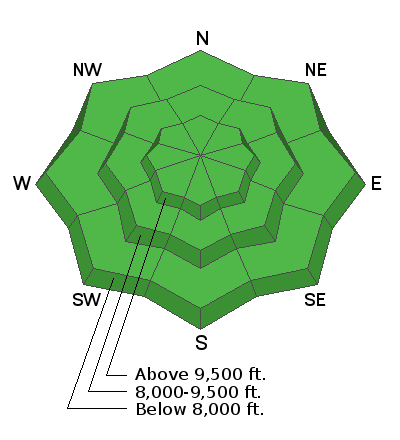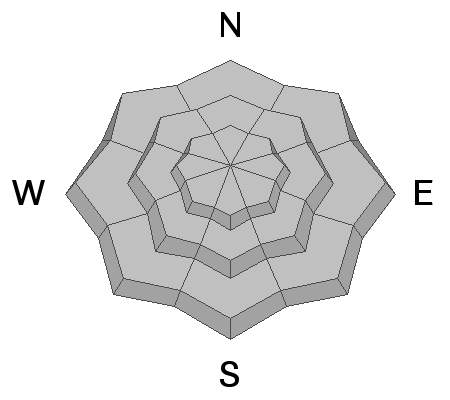Forecast for the Provo Area Mountains

Issued by Nikki Champion on
Monday morning, April 12, 2021
Monday morning, April 12, 2021
The avalanche danger is LOW and, avalanche conditions are generally safe. Watch for unstable snow on isolated terrain features. Natural and human-triggered avalanches are unlikely. However, small avalanches can happen in areas of extreme terrain.
Continue to maintain safe travel habits; this means exposing one person at a time to avalanche terrain, having someone watch them from a safe location, and not traveling above or below other parties.

Low
Moderate
Considerable
High
Extreme
Learn how to read the forecast here








